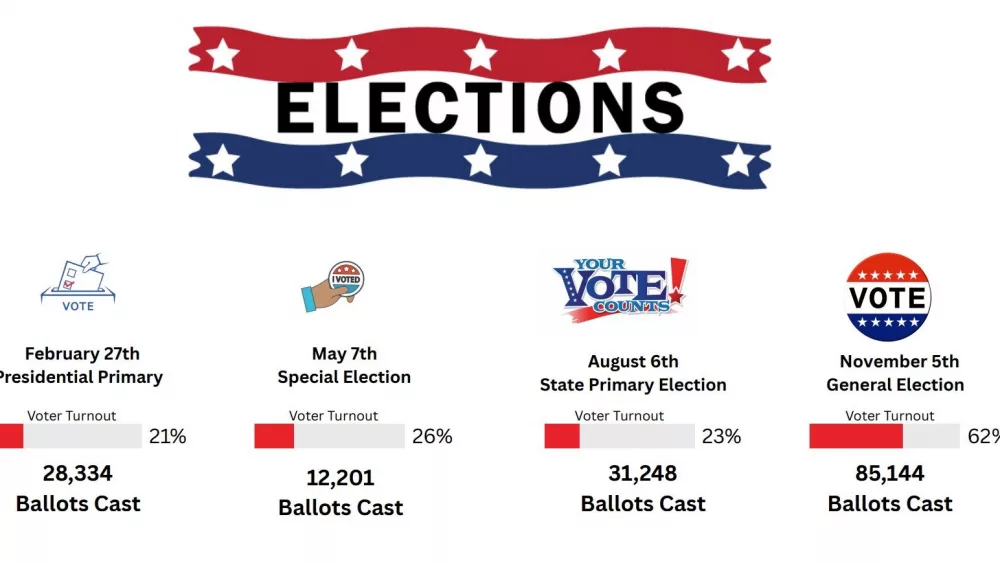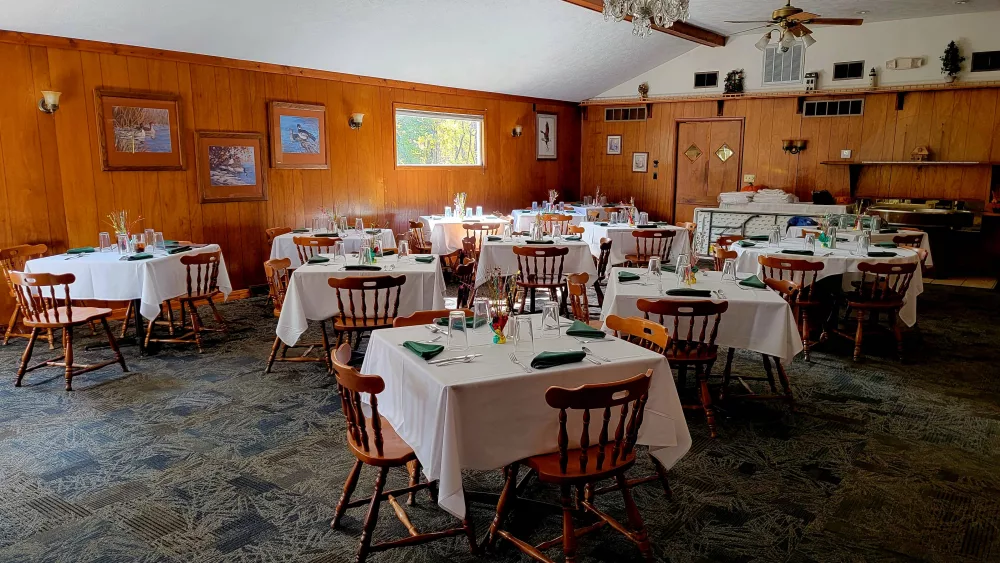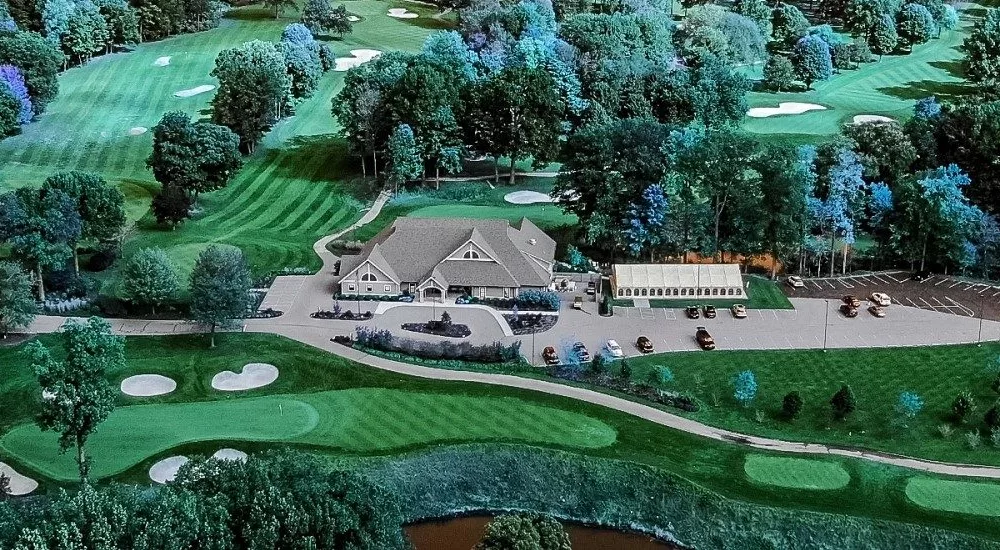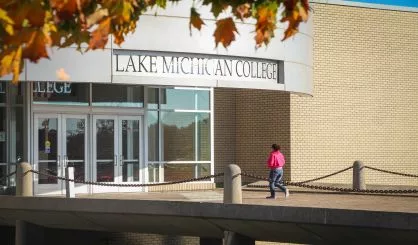When you set a new record year in any endeavor, there’s always the worry about the ability to maintain momentum. Well, any fear of losing the local housing market momentum when 2017 arrived on the doorstep has fallen quickly by the boards. Essentially, the record pace has continued unabated into the New Year. That’s the quick assessment from the Southwestern Michigan Association of Realtors.
Philip Amodeo is the Association Executive for the SWM Association of Realtors. He tells us today, “Buyers have not been deterred by the shrinking inventory of homes for sale in Southwestern Michigan. Last year, the housing market set records for home sales and selling prices nearly every month. In our year-over-year comparison, 2016 became the new peak year for the local housing market. It was a long road back from 2006, the previous peak year. January 2017 continued the record shattering trend.”
Amodeo says the number of houses sold, total dollar volume, and the average and median selling prices were all higher than in January 2016 and also were higher than any previous January dating back to 2006.
There were 203 houses sold in January 2017 compared to 187 in January 2016 for a 9-percent increase.
At the end of January, the average time a home was on the market before it sold was 139 days compared to 115 days in January 2016. This was a 21-percent increase.
The total dollar volume in January 2017 was up 16-percent over January 2016 ($43,498,631 vs. $37,462,744).
The average selling price of $214,278 in January 2017 jumped 7-percent from the $200,335 the average selling price in January 2016.
The January 2017, the median selling price of $142,000 increased 6-percent over the median selling price in January 2016 of $134,000. The median price is the price at which 50% of the homes sold were above that price and 50% were below.
Amodeo says, “The inventory level of houses for sale dropped to a new low of 4.9-months supply at the end January 2017. There were 1,465 houses on the market compared to 1,830 in January 2016. That represents a 20-percent decline from last year. In January 2010, there was a 13.6-months supply of homes for sale when the inventory level was 2,733 houses.”
The number of bank-owned or foreclosed homes as a part of all closed transactions in January 2017 was 11-percent. This also set the record for the lowest percentage in the month of January since 2009. In January 2009, the percentage was 57-percent. The highest percentage of bank-owned or foreclosed homes as a part of all closed transactions occurred in February 2009 at 75-percent and the lowest percentage was set in October 2016 at 8-percent.
Locally, the mortgage rate decreased from 4.375 in December to 4.329 in January. Nationally, the Freddie Mac mortgage rate in January was 4.19 compared to 4.32 in December for a 30-year conventional mortgage.
According to the National Association of Realtors, existing-home sales stepped out to a fast start in 2017, surpassing a recent cyclical high and increasing in January to the fastest pace in nearly a decade. All major regions except for the Midwest saw sales gains last month.
Total existing-home sales, which are completed transactions that include single-family homes, townhomes, condominiums and co-ops, expanded 3.3-percent to a seasonally adjusted annual rate of 5.69 million in January from an upwardly revised 5.51 million in December 2016. January’s sales pace is 3.8-percent higher than a year ago (5.48 million) and surpasses November 2016 (5.60 million) as the strongest since February 2007 (5.79 million).
Lawrence Yun is Chief Economist for the National Association of Realtors. He says January’s sales gain signals resilience among consumers even in a rising interest rate environment. Yun tells us, “Much of the country saw robust sales activity last month as strong hiring and improved consumer confidence at the end of last year appear to have sparked considerable interest in buying a home.” He adds, “Market challenges remain, but the housing market is off to a prosperous start as homebuyers staved off inventory levels that are far from adequate and deteriorating affordability conditions.”
The median existing-home price for all housing types in January was $228,900, up 7.1-percent from January 2016 ($213,700). January’s price increase was the fastest since last January (8.1-percent) and marks the 59th consecutive month of year-over-year gains.
Regionally, existing-home sales in the Midwest decreased 1.5-percent to an annual rate of 1.29 million in January, and are 0.8-percent below a year ago. The median price in the Midwest was $174,900, up 6.5-percent from a year ago.
First-time buyers were 33-percent of sales in January, which is up from 32-percent both in December and a year ago. NAR’s 2016 Profile of Home Buyers and Sellers revealed that the annual share of first-time buyers was 35-percent.
All-cash sales were 23-percent of transactions in January, up from 21-percent in December but down from 26-percent a year ago. Individual investors, who account for many cash sales, purchased 15-percent of homes in January, unchanged from December and down from 17-percent a year ago. Fifty-nine percent of investors paid in cash in January.
Nationally, the total housing inventory at the end of January rose 2.4-percent to 1.69 million existing homes available for sale, but is still 7.1-percent lower than a year ago (1.82 million) and has fallen year-over-year for 20 straight months. Unsold inventory is at a 3.6-month supply at the current sales pace (unchanged from December 2016).
William E. Brown is President of the National Association of Realtors. He is a Realtor from Alamo, California, and he cautions about another source that could possibly drag down inventory for would-be buyers in coming months. He points out that, “Supply and demand imbalances continue to be burdensome in many markets, and now Fannie Mae is supporting a Wall Street firm’s investment in single-family rentals.” He adds, “This will only further hamper tight supply and put major investors in direct competition with traditional buyers.”
The numbers reported for local sales include residential property in Berrien, Cass and the westerly 2/3 of Van Buren counties and should not be used to determine the market value of any individual property. If you want to know the market value of your property, you should contact your local Realtor.






